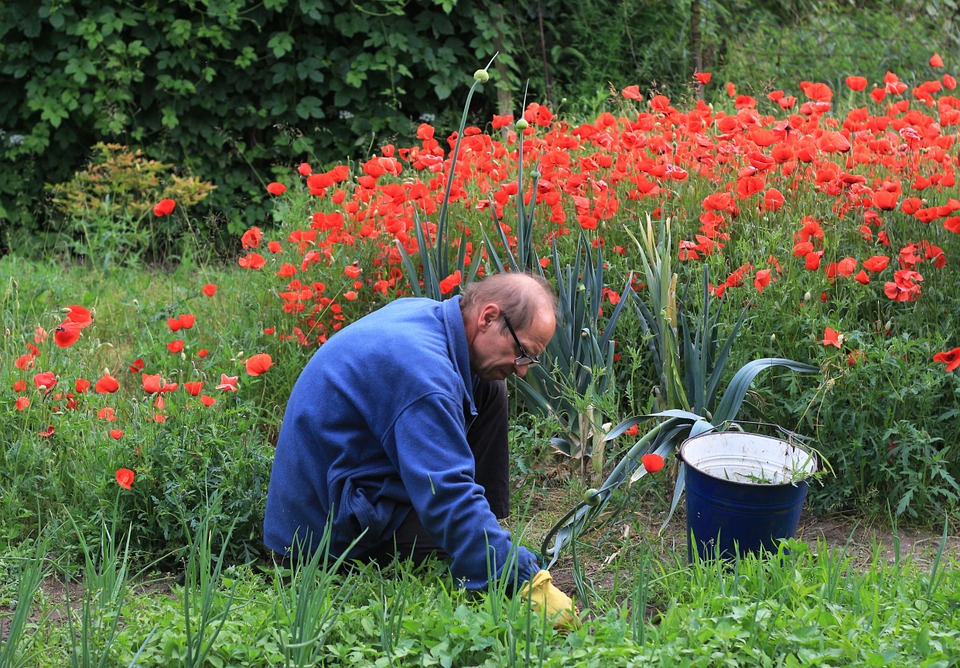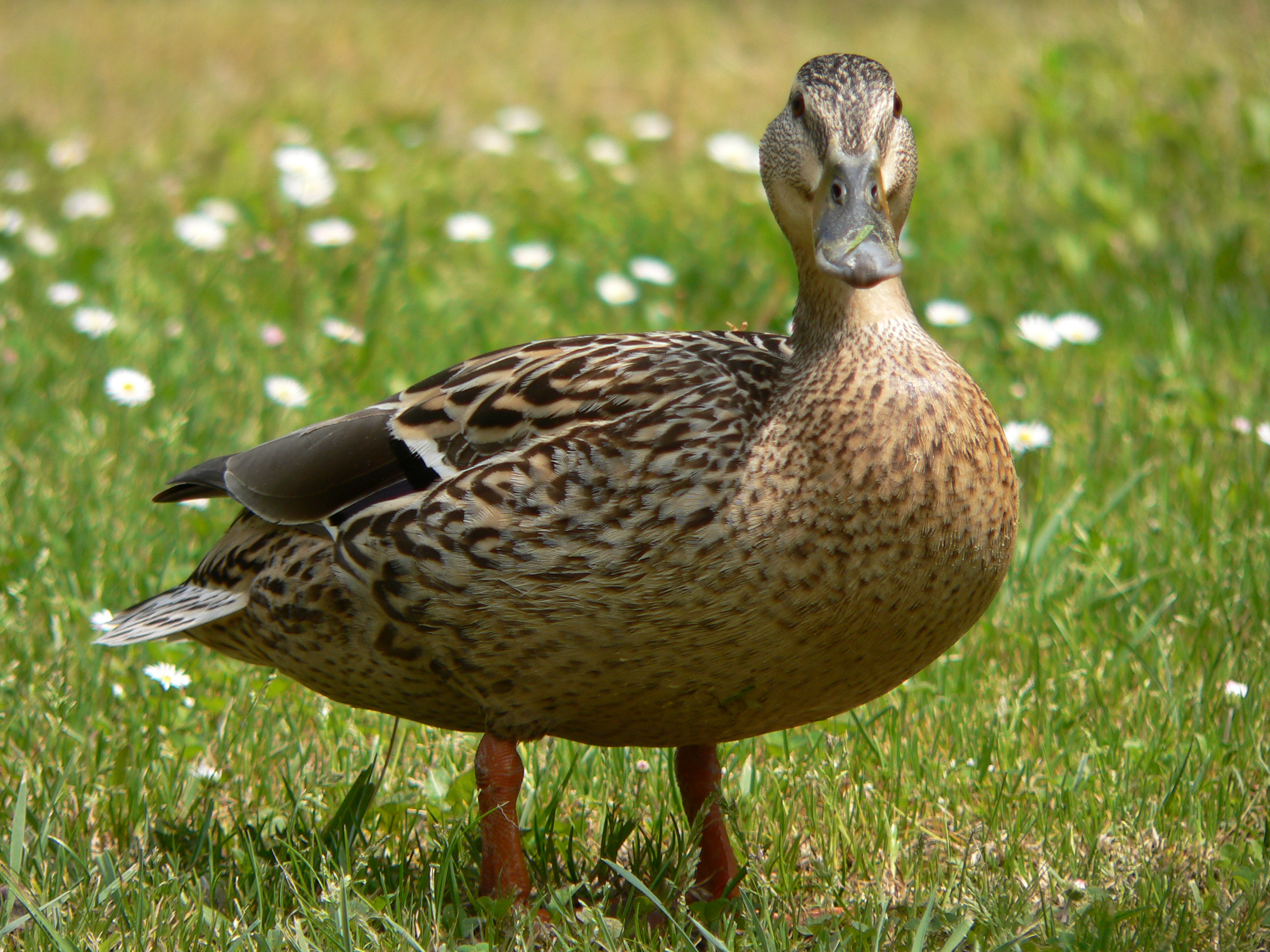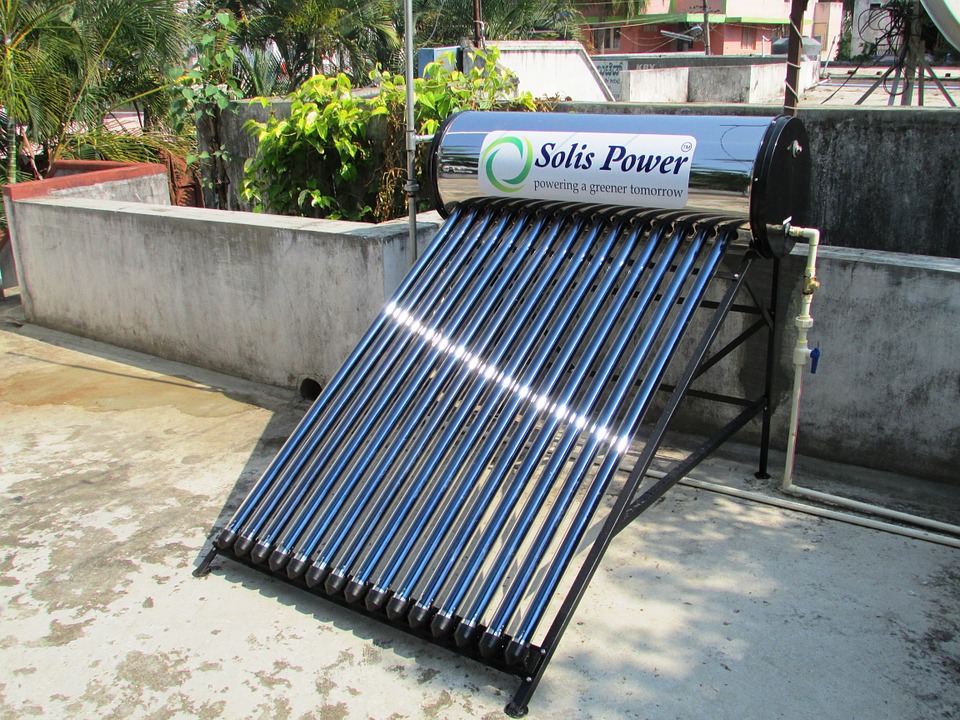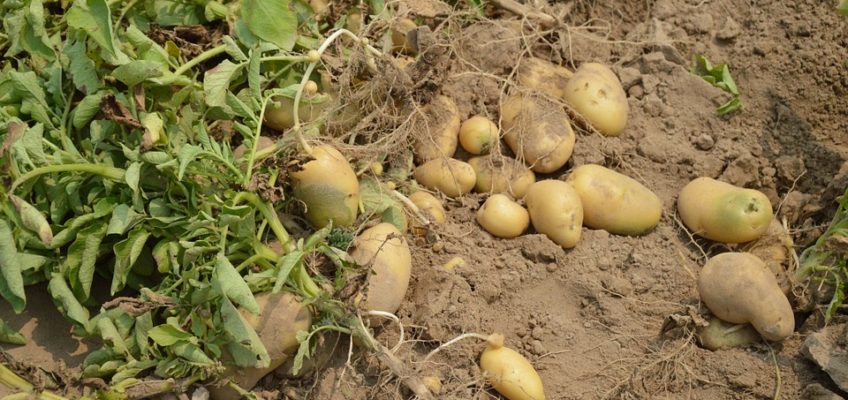Best Perennial Vegetables to Grow
If you are a new homesteader, one of the first things you want to think about when creating your plan is what vegetables you will be growing. You want to be as self-sufficient as possible, and that means growing and raising as much of your own food as possible. Of course, those who are new … Read more





